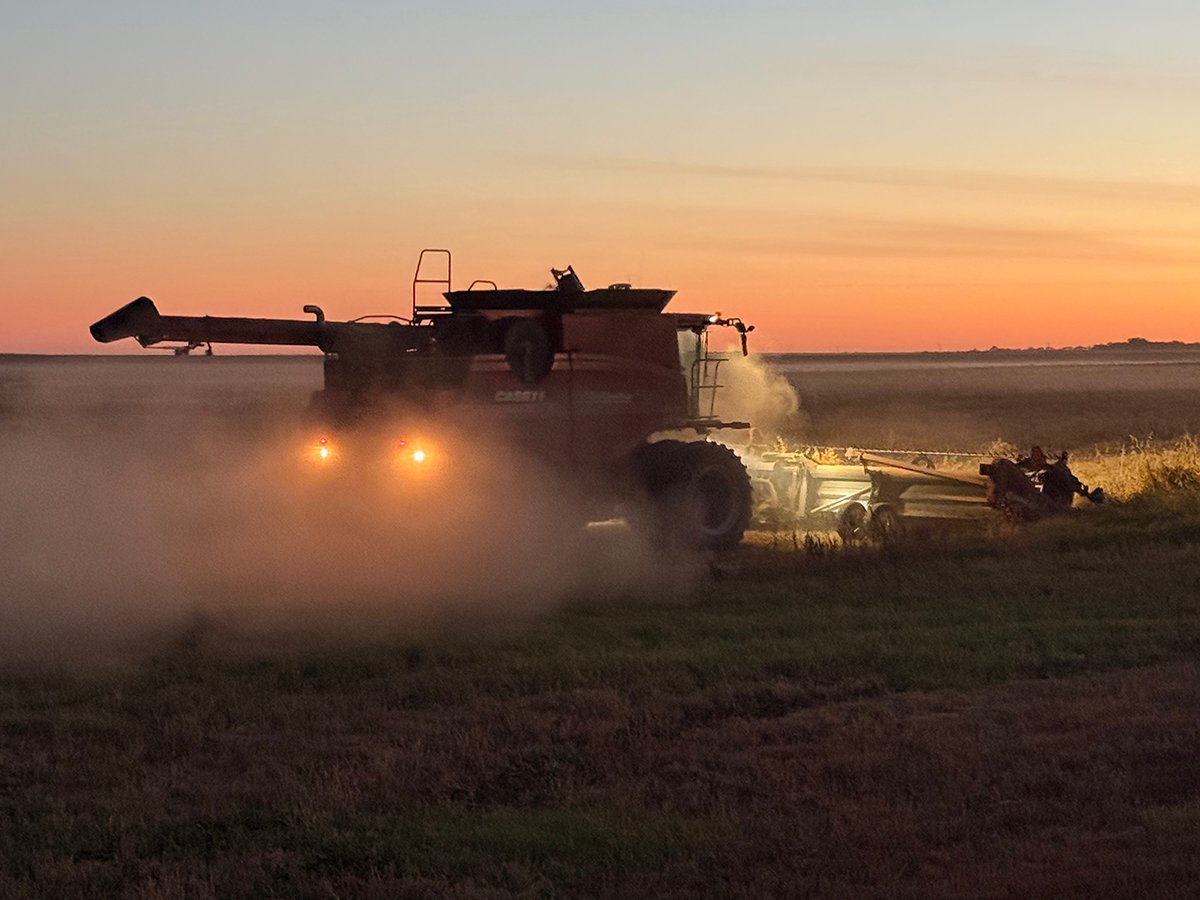Friday, while I was sorting through notes from a cattle industry briefing, trying to learn a new expense recording system and pondering the collapse of the Roman republic into civil war, anarchy and dictatorship, the Canadian loonie surged a full cent.
Or, rather, the American greenback slumped about a penny. (Ever notice our pennies look nicer than American ones? And our postage stamps are clearly superior, and always have been. I think it’s the dearth of queens in that rebellious republic to the south.)
It happened so suddenly that I didn’t know anything about it when my editor, D’arce, called to talk about this dramatic day in the markets Friday afternoon as I drove around trying to find photos to take of spring seeding, which was being vexed by the summer’s first thunderstorm. I felt rather ignorant not knowing about the dollar’s surge, but put aside the temptation to feign knowledge so I wouldn’t seem stupid and instead embraced the opportunity my stupidity offered to get caught up with the news.
Read Also

Downturn in grain farm economics threatens to be long term
We might look back at this fall as the turning point in grain farm economics — the point where making money became really difficult.
The Canadian dollar reached above 89 cents Friday, as the U.S. dollar continued to swoon and commodity currencies continued to soar. That capped a surge of about four cents for the week.
That’s great if you’re a tourist and planning to drop some loonies in the U S of A soon, but not good in any way if you’re selling ag commodities into the U.S. market in U.S. dollars. This surge is a whole bunch of bad.
Why is is happening? Lots of reasons: money waddling away from the “safe haven” of the U.S. dollar now that the markets look happier, the commodity rally that’s adding value to the currencies of commodity producing nations, fears of credit downgrades for the U.S. after the U.K. downgrade. Lots of reasons, or at least excuses. Currencies are wild and wooly beasts that are hard to corral and almost never do what is expected of them and confound most of the predictions thrown their way. Like my pet Shi Tzu, Wiggie. He, and currencies, end up breaking their masters, or at least bring them to heel over time.
There’s been a rally in the commodity markets recently, but how much of that is simply a factor of the U.S. dollar declining? As the U.S. dollar drops, commodities get a nice rally on the charts, but it doesn’t mean nearly as much when it gets brought back to the prairie farm gate. With some luck hedge funds – those still alive – will jump back into the commodity rally – whether it’s just a chart phenomenon or real – and drive it higher than it reasonably should go. Farmers don’t need reasonable prices. Farmers need slightly unreasonably high prices, high enough to offer profits but not so high as to kill demand.
So let’s hope those dreaded hedge funds and asset hoarders stream back into hard commodities like the ags and boost values. If that’s the result of a slumping greenback, it’s not so bad.

















